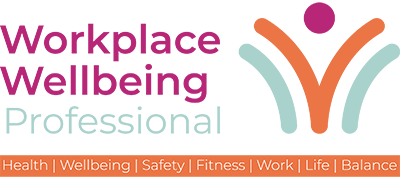Given women’s disproportionate share of family responsibilities, it makes sense that women are particularly drawn to the benefits of flexible working, such as less time commuting and a more adaptable schedule. But there’s long been a negative connotation with flexible working, especially for those who have caring responsibilities.
However, over the past couple of years, workers have gotten a taste for flexible work. This rapid normalisation of remote work has made both flexible working and working from home less stigmatised and could ultimately work in women’s favour – with many workers now rank flexibility among their top priorities, topping even pay.
Long before the pandemic, Motive, a marketing and design agency, was already breaking down these negative connotations providing opportunities for women in the creative industry who had previously struggled to find flexible working arrangements, offering its staff, the flexibility to choose where and when work takes place and providing a true work-life balance.
Flexible working is an equal opportunity maker
Recent ONS data shows that mothers aged 25 to 49 years are 20% less likely to be in employment than women aged 25 to 49 years without dependent children and 17 per cent of women leave employment completely in the five years following childbirth.
Flexible working lets people both work and support their families. It’s how to keep mothers in their jobs and close the gender pay gap. By providing flexible working arrangements, organisations not only empower women, but they also benefit from the diversity of talent and perspectives that they bring to the table.
Women are often the primary caregivers in families and that traditional work arrangements do not always accommodate this. Priyal Wallington, creative director at Motive, said:
Motive provides a supportive and inclusive environment that recognises the value of diversity and the importance of work-life balance. The whole team feels empowered to achieve our full potential while also prioritising our family commitments.
Priyal Wallington, creative director at Motive
But working from home can dilute one’s presence at work and attachment to the workplace by limiting interactions and hindering learning, collaboration and creativity, to combat this Motive offers all of its staff monthly get togethers, internal recognition awards as well as the option to drop into the office for the day, or just an hour, to meet colleagues face2face for a coffee and pastry in a relaxed environment.
Joanne is the editor for Workplace Wellbeing Professional and has a keen interest in promoting the safety and wellbeing of the global workforce. After earning a bachelor's degree in English literature and media studies, she taught English in China and Vietnam for two years. Before joining Work Well Pro, Joanne worked as a marketing coordinator for luxury property, where her responsibilities included blog writing, photography, and video creation.



